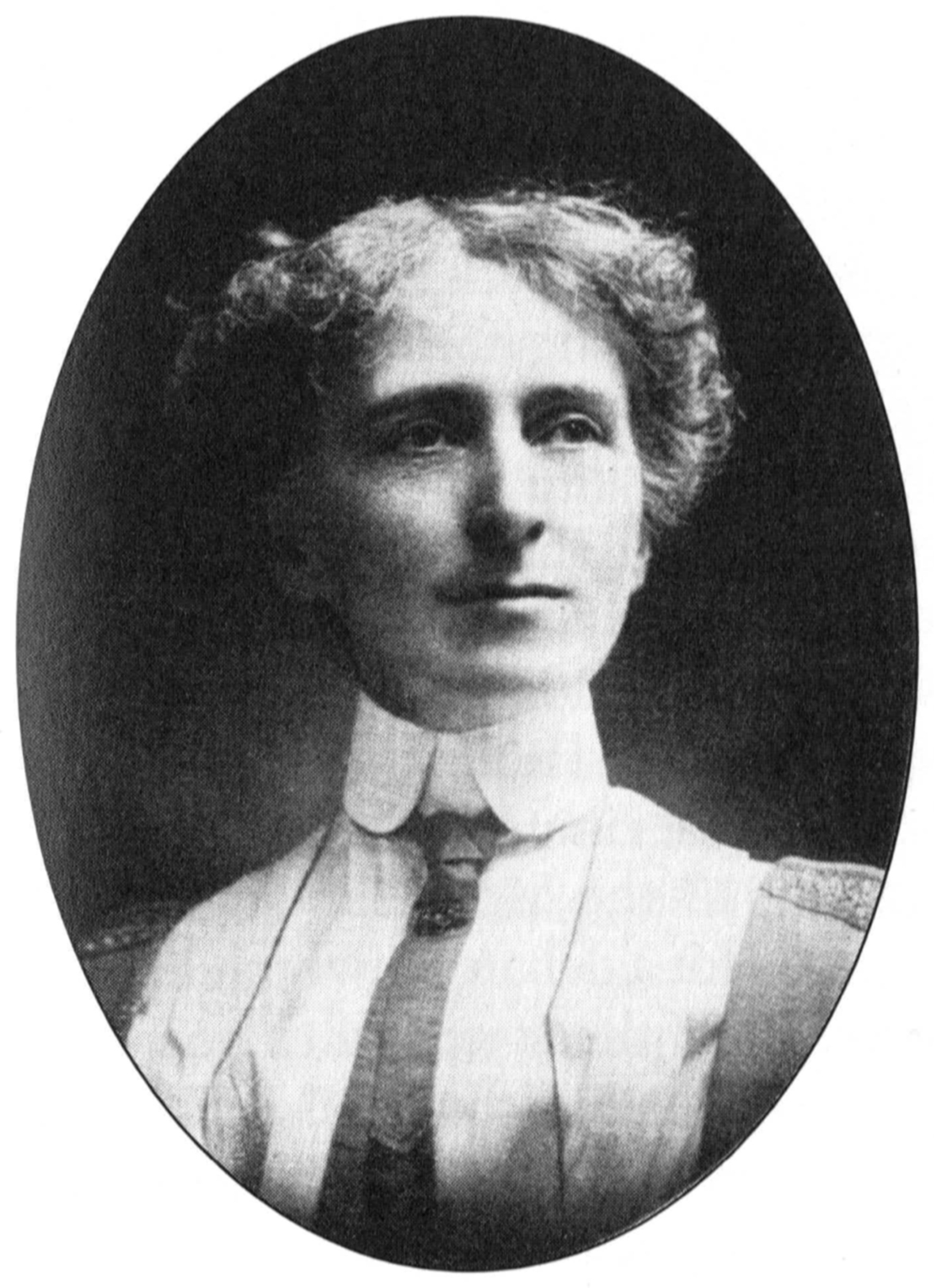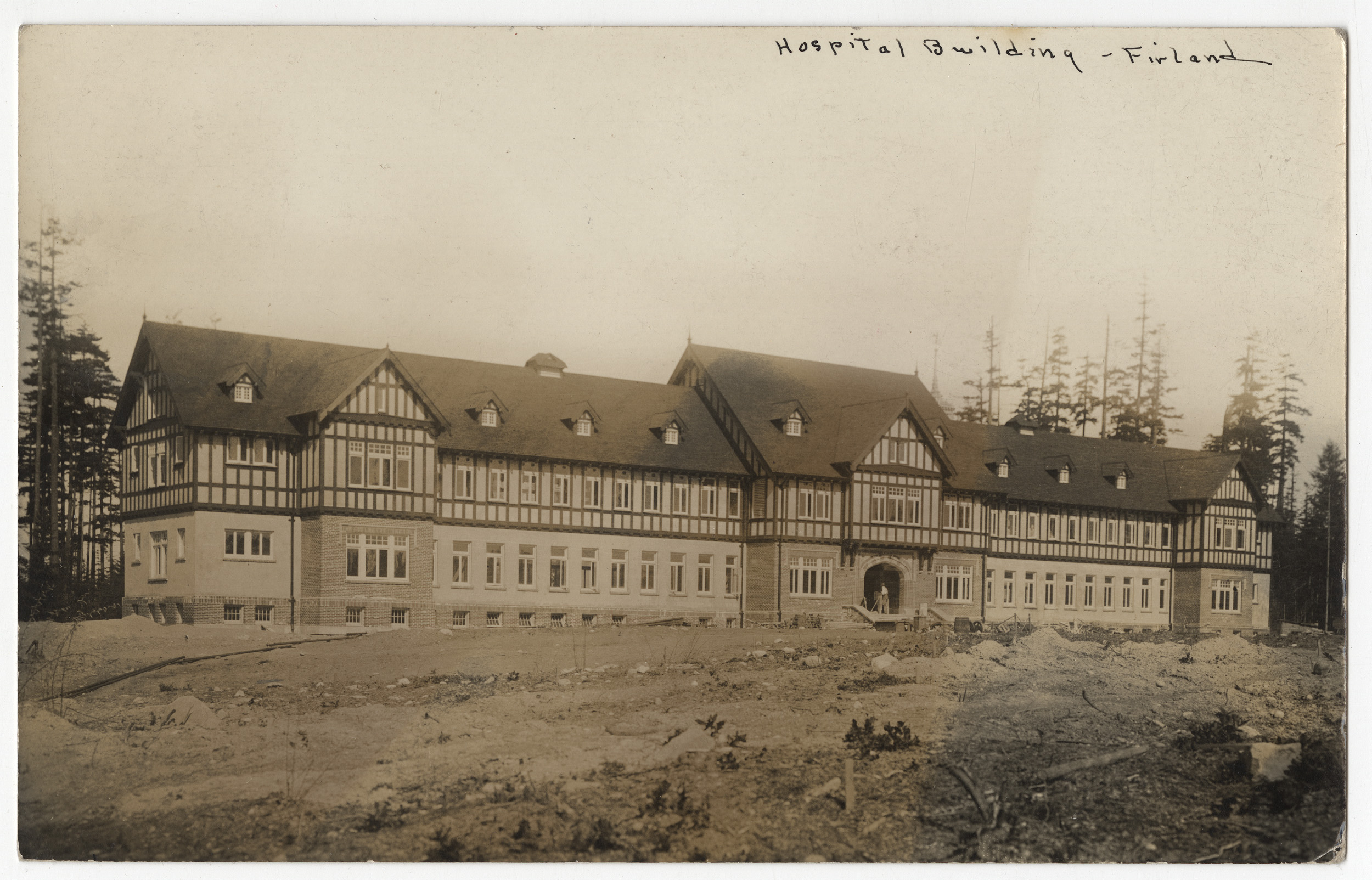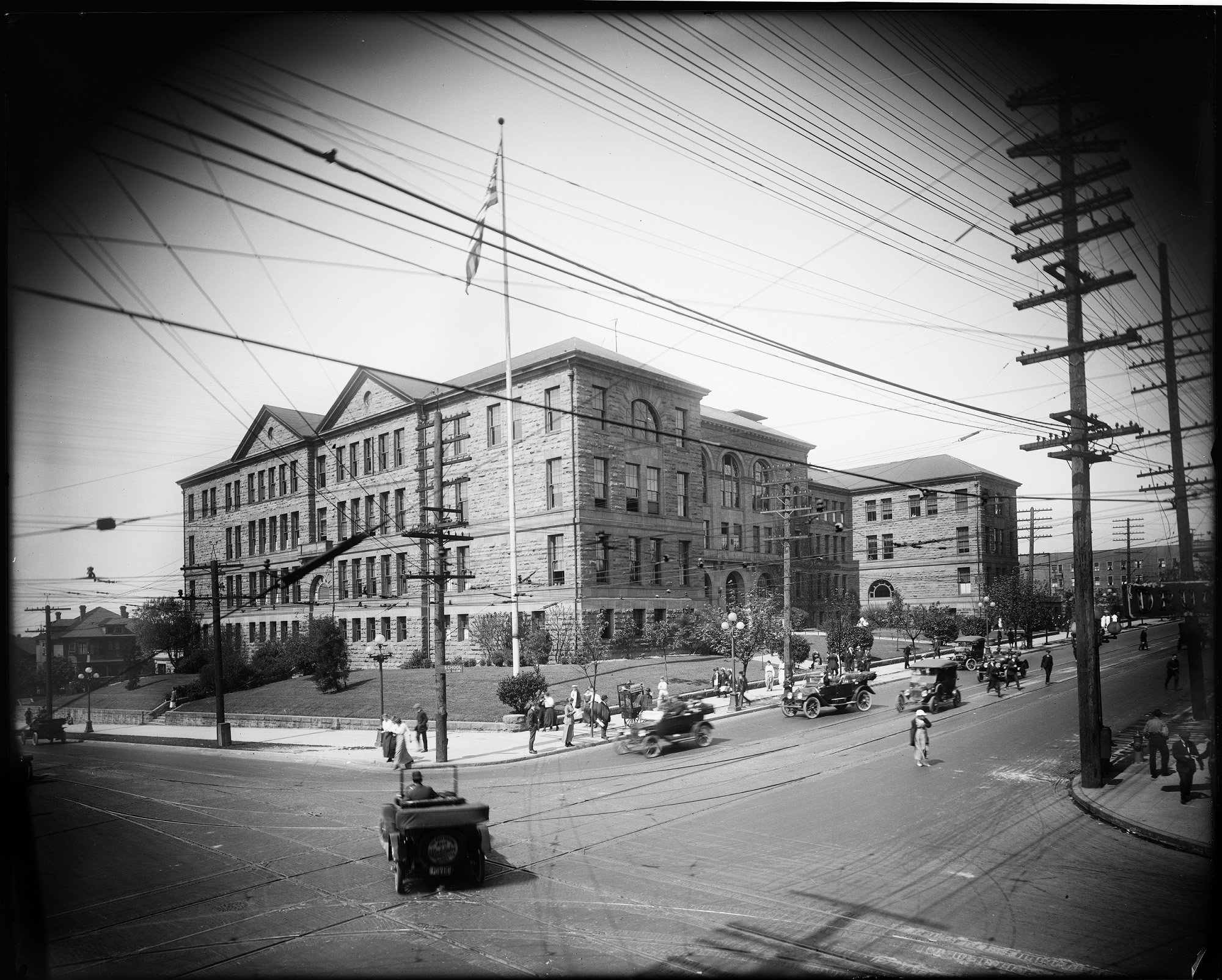Anti-vaccine activism has a long history in America. It dates back to Boston Puritan preacher Cotton Mather, who in the early 1700s learned from African slaves about inoculation against smallpox and became an advocate for such preventative measures. In response, other settlers accused the fire-and-brimstone minister of satanic behavior for putting devilish disease into the blood of people who were not sick. Our Founding Fathers believed in the inoculation, too, including the authors of the Constitution, Benjamin Franklin and Thomas Jefferson. George Washington ordered that the Continental Army be inoculated for fear of losing too many troops to the disease.
Historians say as people saw inoculation work against the disease, it generally became more accepted in the first part of the 1800s. It was when the disease receded, partly because of inoculation's success, that by the late 19th century, skepticism again flared. People wondered if the cure wasn't worse. Opponents saw vaccination and inoculation — not entirely unhazardous — as tantamount to murder. Many activists claimed to have lost children to the procedures, while others said compulsory vaccinations took away personal liberty and declared themselves vaccine “conscientious objectors.”
Some complained that vaccines were a conspiracy of the medical profession to make money and take power from the people. At the turn of the 20th century, anti-vaccinators complained of the “medical trust,” the “medical ring” and “medical statism,” which amounted to what some today might call “socialized medicine.” Some saw public health as a threat both to individual liberty and against the natural course of events dictated by God. Any mandatory public health orders, some argued, were “tyranny.” Others analogized it to slavery. Many of these arguments are still invoked today.
The pandemic of 1918 fed frustrations, partly because vaccines and serums developed to treat Spanish flu were not yet proven to work. Some pointed out that members of the military, who during World War I were among the most vaccinated and inoculated Americans, were still sick and dying in droves—leading activists to suggest vaccines were worse than useless.
This was all contrary to reality. Vaccinations and inoculations saved lives. In a 1918 syndicated column in The Seattle Times, a doctor from Johns Hopkins University, Leonard Keene Hirschberg, defended the Army’s health record and use of vaccination. He questioned the mentality of the anti-vaccination activists, describing them: “A few benighted, sodden, obstinate individuals with Hun minds [who] still spread propaganda against inoculation to prevent sickness.” Hun, of course, was an epithet to describe the German enemy.
One of the most vocal opponents of vaccines in the Pacific Northwest was a progressive activist from Portland named Lora C. Little. Little gained notoriety in 1913 by leading the fight to overturn a state-sponsored sterilization law in Oregon. Riding the success of that effort, she turned her attention to opposing vaccinations, which she claimed were responsible for the death of her young son. She was an inveterate pamphleteer, speaker and unlicensed practitioner of what we would call alternative medicine. She traveled the region promoting the anti-vax cause.

In the spring of 1918, she fell afoul with her criticisms of the military. She was arrested in Bismarck, North Dakota, under the broad World War I-era Espionage Act for distributing literature “attacking [the] compulsory vaccination system practiced in the Army and intimating that the Army was in league with the ‘medical trust,’” reported the Bismarck Tribune. She was accused of inciting “insubordination, disloyalty and mutiny,” among other things, for urging resistance to compulsory smallpox vaccinations. She was held on a charge of sedition for undermining the war effort. The charges were eventually thrown out, and Little continued her crusade.
At the time of Little's activism, smallpox was rearing its ugly head, notably on the freewheeling, rules-resistant frontier, where anti-vaccination and anti-medical sentiment abounded. The new form of the disease was less deadly than the version that swept the country in earlier times and wiped out so much of the Indigenous population. (The first recorded outbreak in the Northwest was in 1775, thought to have been brought by fur traders. It ravaged coastal tribes, and many more outbreaks followed.)
But the milder form of the disease could still cause disfigurement and blindness, and spread rapidly in schools among children during the early 20th century. Many parts of the country had instituted compulsory vaccination laws to protect children, but not without resistance from vaccine skeptics. One predictable result was an increase in cases, especially on the West Coast.
The scourge of smallpox intensified alongside the Spanish flu pandemic. In 1917, in California, there were 329 cases of reported smallpox; by 1919, there were over 2,000 cases. In Oregon, there were 122 reported cases of smallpox in 1917, and 2,626 in 1919. In Washington state, over the same time span, smallpox leaped from 390 to 4,369 reported cases, a figure one state health official called "inexcusable." These numbers come from a 1920 report on smallpox data published by the American Statistical Association, which observed:
“[I]n the face of this great increase in the prevalence of the disease, certain groups in the Pacific Coast communities have this year conducted campaigns for anti-vaccination constitutional amendments in California and in Oregon. Each would take from the constituted health authorities the scant police powers they now possess to control the smallpox menace.”
The Washington state Legislature was also pecking away at the power of schools to require smallpox vaccinations for students. “Vaccination of pupils cannot be required if it is objected to by the parents,” reported The Seattle Times in March 1919, about a change in state law. The timing was mindboggling — at that very moment, a smallpox outbreak was occurring in Seattle’s public schools, on the heels of the worst of the Spanish flu outbreak.
At that point, the virus had cropped up in six Seattle schools. Over a period of two weeks in March, smallpox cases were found at Ballard, Broadway and Queen Anne high schools and Lowell, Lafayette and Alki grade schools. The school district’s health officer, Dr. Ira Brown, and the city’s top physician, Dr. Hiram M. Read, gave students of the affected schools three alternatives: come to school with a recent proof of vaccination, let the school vaccinate you or, if the child is unvaccinated, stay home under quarantine for the incubation period of two weeks. “The situation is not alarming,” said Read, “and we have it well in hand, but vaccination is the only way in which it can be controlled and its spread checked.”
For most families, this was a fine set of alternatives, but there was fierce pushback by some. The day after the rules were implemented, The Seattle Times reported that 265 students at Ballard High refused to be vaccinated at school. Ninety were identified as likely long-term holdouts. The district’s Dr. Brown said most students would be vaccinated, but that Ballard was a particular problem “due to the leadership of some of the older boys who opposed vaccination under any circumstances.” Most students, however, were described as cooperative.
Some parents, though, protested and went to the school superintendent and the school board to complain. But the district refused to overrule the directive of the public health board, which had wide support from local physicians. Many parents were concerned about their children missing more schooling on top of what they had missed in late 1918 due to the ban on gatherings to combat the flu outbreak.
Unvaccinated students were quarantined and ordered to stay indoors, while city health inspectors placed quarantine cards on their residences. All told, 400 to 500 students were put under quarantine, but these containment efforts weren't a panacea; a handful of smallpox cases still popped up in schools. Some of the patients were sent north of the city to the Seattle-run hospital Firland Sanitarium, which had been built for tuberculosis patients.

In one local quarantine case, a mother openly rebelled. In early April, Laura Harley’s son, Frederick, was sent home from Broadway High School after being exposed to smallpox and refusing to be vaccinated. A quarantine sign had been posted at their home, but Harley took it down the same day and was later arrested. She was fined $10 in police court weeks later. By that time, many students were permitted to return to school after their two weeks in isolation, just in time for exams.
Vaccine resistance continued, but Dr. Read was having none of it. He had been a prominent Seattle doctor before leaving town to serve in the U.S. Army as a chief sanitation officer and epidemiologist during WWI. He was a real veteran, telling the Seattle Star: “A red hot fight on the Western Front could not have been worse than the ‘Flu’ epidemic at Camp Dodge, Kansas” that he confronted when stationed there in 1918. On his appointment in early 1919 to his city job, the paper described him as “a quiet, neat, mild-mannered, albeit forceful, man.…” Mayor Edwin Brown, under whom Read served as the city's health czar, later noted that the doctor was “[h]onest in his conclusions to the point of ruggedness, almost gruffness. You knew, in talking to him, that he was a ‘square shooter.’…”
He vented his frustration about anti-vaccination conscientious objectors in his 1920 annual health report. There were 900 reported cases of smallpox in Seattle that year. He estimated that 95% of those people had not been vaccinated. “The number of unvaccinated persons in this city is large. The city being a hot bed for anti-vaccination, Christian Science, and various anti-medical cults, and it is difficult to enforce vaccination,” he wrote. He recommended more stringent laws requiring vaccination. The following year, Read barred an anti-vaccination pamphlet from being distributed at schools. It read, “Medical Autocracy or Freedom — Which?” Read wondered if it were a “direct incitement to riot.”

Seattle has always been attractive to free thinkers, libertarians, people of conscience, progressives, alternative medicine practitioners, radicals and people across the political spectrum suspicious of authority. The 1920s marked the end of the Progressive Era, and while most progressives supported vaccination, they also instituted laws — the power of recall, initiative and referendum — that strengthened populist opinion over conventional authority, a phenomenon we’re still living with today.
Anti-vaccination activism, then and now, crosses ideological lines. Little, the progressive activist In Portland, for example, was opposed to eugenics laws, animal experimentation, vaccinations and Prohibition, the latter supported by most in the Progressive movement. Besides being an early advocate of natural medicine, she also supported a low-meat, no-sugar diet. She encouraged people to “be your own doctor.”
Writing in Oregon Historical Quarterly, historian Robert D. Johnston, who has studied both the Progressive period and alternative medicine, suggested that “Little’s attacks on the established medical profession perhaps resonated strongly in Oregon, where, because of Progressive Era reforms, average citizens took expanded democratic powers to polling booths. Issues emphasizing home and family may also have been especially appealing during the 1910s, after Oregon women, in the November 1912 election, had gained the right to vote.”
Those same forces were active in Seattle. Washington women had won the right to vote in 1910 and had flexed their Progressive reform muscle in Seattle by playing a key role in recalling a corrupt mayor, Hiram Gill, who encouraged prostitution and gambling. Women wanted a greater say in politics and in deciding how to take care of their children.
At the same time skepticism rose more broadly. Scientific evidence mounted that vaccines and inoculations could have wider life-saving consequences beyond smallpox. Treatments for typhoid, diphtheria and other diseases were coming online or being refined. So, too, the benefits of public health generally. But a significant minority rejected what science had to say, despite the success of a global effort to eradicate smallpox from the world. It ceased being endemic in the United States in the 1940s and was globally eradicated by the 1980s. Still, low vaccination rates have been held responsible for recent outbreaks in the U.S. of preventable diseases like whooping cough and measles. Anti-vaccine resistance is raising its profile in these coronavirus times, too.
What scholars call “denialism” has persisted over the centuries in the face of facts. It often stems from a hodgepodge of thoughts, impulses and ideologies ranging from legitimate skepticism and religious conviction to full-blown ignorance, often mixed with conspiracy, paranoia and other beliefs impenetrable by reason, or as Seattle’s Hiram Read observed, cultlike behavior. A lesson for today is that epidemics generate fear, and fear can be very contagious.



